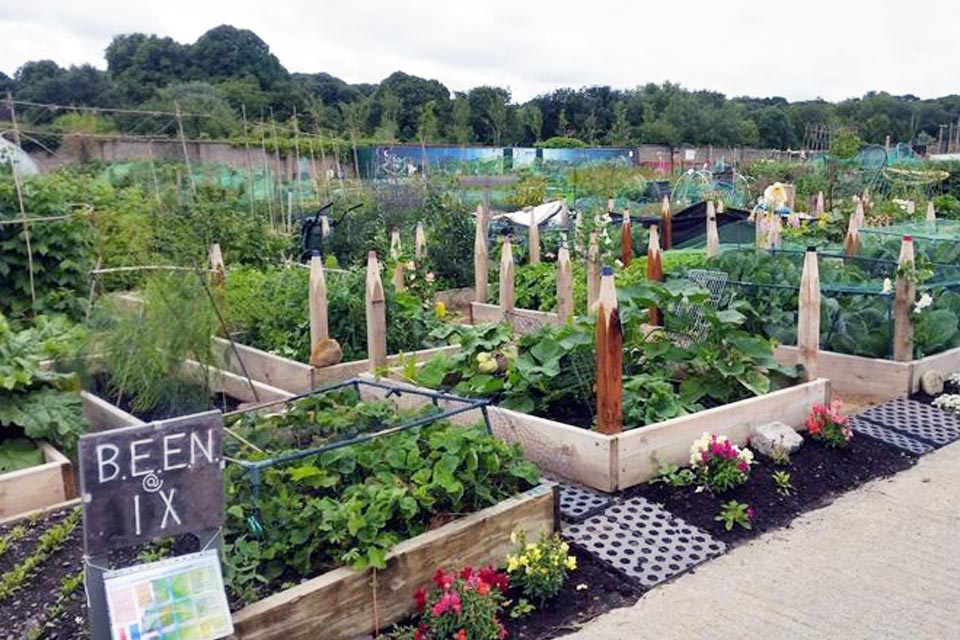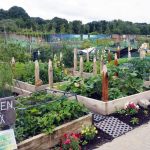Regenerative Agriculture: Food Security in Africa

Regenerative Agriculture: Food Security in Africa
Today, Africa is dominated by food imports and agricultural exports (cotton, cocoa, coffee, tea, peanuts, palm oil), which creates a trade deficit in agricultural products, unlike the time when Africa produced food for its own needs.
Unpredictable climatic and other conditions (variability of precipitation and temperature, possibility of rapid soil depletion, diseases, various pests, etc.) also contribute to insufficient food production. However, Africa has sufficient resources and opportunities, which, with good planning, policies and projects, and the involvement of experts, can contribute to achieving independent food production (food security) and breaking away from dependence on food imports.
This can be achieved, for example, in rural areas by switching from intensive production and forest cutting to regenerative agriculture with the purpose of building soil, storing CO2 in biomass and soil, reducing erosion, preserving and strengthening biodiversity (permaculture, agroforestry, biodynamics, Key-line and the like). It is necessary to return nature and wildlife to urban areas, as well as provide publicly available food for both people and animals.
This will become increasingly important in recent times due to the onset of famine, and already the population has felt the threat due to global epidemics and various natural disasters. In cities, it is necessary to plan and design edible landscapes – edible parks, forest gardens, food forests, roof gardens, urban gardens, public orchards, home gardens and similar areas.
We must not forget the importance of forest ecosystems that require protection and taking measures for their preservation and revitalization (afforestation and putting them in the category of protection). With the disappearance of forests, the soil, organisms in the soil, plant and animal life and their habitats also disappear, and as a result, natural disasters (droughts, floods, hurricanes, hurricanes, etc.) occur and famine occurs. In addition to natural causes, it is also important to look at the spiritual causes of natural disasters that occur primarily due to mass cutting of forests for profit.
It is necessary to reorganize current planning and policies at all levels and in all sectors – development strategies, urban planning and architecture, landscape architecture, forestry, agriculture and livestock, energy, infrastructure and others.
The case study will cover important questions – how and why the current unsatisfactory state of Africa came to be, what would be the best methods and principles for improvement and improvement and the application of existing good practices and/or innovative solutions. The study will try to answer how the issue of food is no longer a problem for Africa, but rather its advantage and strength, and how new knowledge about sustainable and environmentally acceptable food cultivation and the importance of forests are accepted and implemented in policies.
This case study and the research itself are relevant to the profession of landscape architecture because it examines the current state of the environment and all its components, and in synergy with other professions and examples of good practice and specific interventions, offers solutions – from planning to design and technical solutions. The research will also give landscape architects a broader view of the situation and possible solutions.
https://www.ajlajournal.org/articles/regenerative-agriculture-food-security-in-africa



